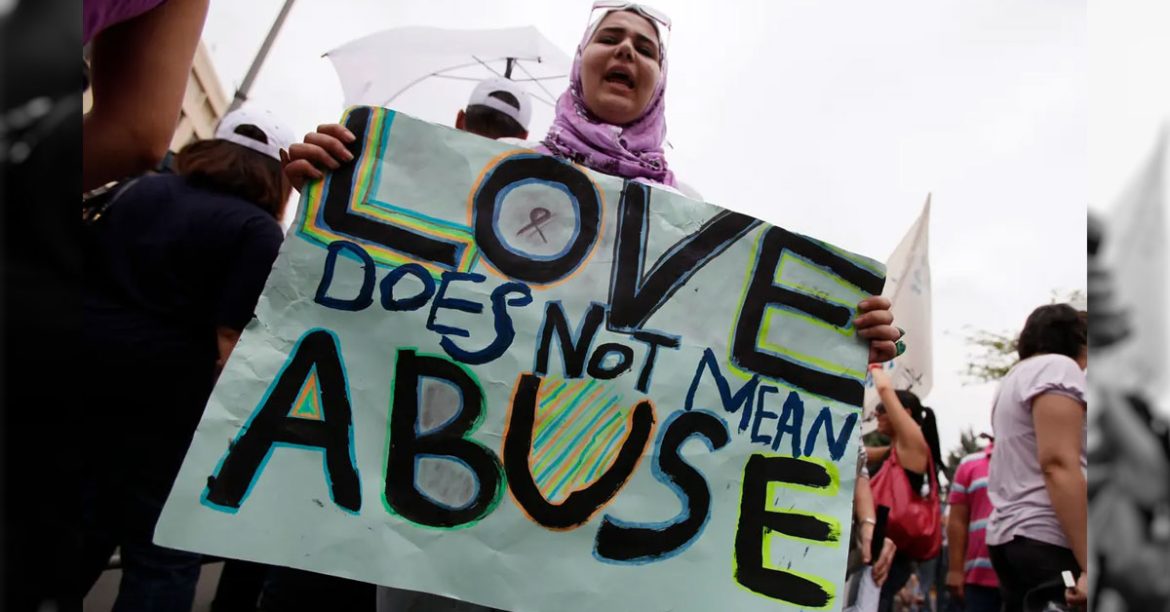In 2023, a UN report revealed that 60% of the 85,000 females killed globally were victims of intimate partner or family member violence.
This report was published by the United Nations Office for Women and the Office on Drugs and Crime on Monday, marking the International Day for the Elimination of Violence Against Women.
Information about the prevalence of intimate partner violence is now available in at least 161 countries, highlighting the global scale of this issue.
The Prevalence of Violence Against Women and Girls
Globally, nearly 736 million women, or almost one in three, have experienced physical or sexual violence by a partner or non-partner at some point in their lives. This figure, which excludes sexual harassment, reveals the widespread nature of violence. Women who face such violence are more likely to experience mental health issues like depression, anxiety, and physical health challenges, including unplanned pregnancies and sexually transmitted infections.
In 2023, only 37 countries reported statistics on the killings of women by intimate partners or family members, which is significantly fewer compared to 75 countries in 2020.

This discrepancy in data and reporting hinders efforts to monitor trends and enforce accountability for these crimes.
Violence by Intimate Partners
Current or former intimate partners perpetrate most cases of violence against women. Over 640 million women aged 15 and older have experienced intimate partner violence.
- The highest number of women subjected to gender-based violence globally is in Africa. In 2023, 21,700 women were murdered there.
- In Africa and Asia, women were more likely to be killed by family members than by intimate partners.
- After Africa, the next highest numbers were reported in the Americas and Oceania.
View this post on Instagram
Also Read:
Pakistanis Now Required to Submit ‘Will Not Beg’ Affidavit for Saudi Arabia
Femicides and Feminicides
In 2023, approximately 51,100 women and girls were killed by intimate partners or family members—an average of 140 lives lost daily. This accounts for 60% of all female homicides globally, compared to just 12% of male homicides occurring within familial or intimate relationships.
Risk Factors for Violence
Certain groups face heightened risks of violence:
- Adolescent girls: Nearly 24% of those in relationships by age 19 have experienced abuse from a partner.
- Women with disabilities: Face significantly higher rates of violence compared to those without disabilities.
- Gender inequality: Women in relationships with partners holding patriarchal beliefs are more likely to experience abuse.
Climate, Health, and Humanitarian Crises as Drivers
Environmental crises, conflicts, and economic instability exacerbate violence against women and girls:
- Climate change: Women, who make up 80% of climate-displaced individuals, face increased risks of violence, trafficking, and forced marriages during crises like earthquakes and droughts.
- Humanitarian contexts: Gender-based violence affects up to 70% of women in such settings.
Sexual Violence
Approximately 6% of women worldwide report experiencing sexual violence from non-partners, though actual figures are likely higher due to stigma. Adolescent girls, aged 15-19, are particularly vulnerable, with 15 million reported cases of forced sexual acts globally.
Human Trafficking and Exploitation
Globally, 91% of victims trafficked for sexual exploitation are women and girls. Trafficking survivors often face extreme violence, with rates three times higher than those experienced by male victims.
Violence Against Girls
While child marriage rates have declined—from one in four girls in 2010 to one in five in 2022—progress needs to accelerate 20-fold to end child marriage by 2030. Additionally, one-third of students aged 11-15 report bullying, with girls more likely to experience psychological forms of abuse.
Female Genital Mutilation (FGM)
FGM remains a severe violation of rights, affecting 230 million women and girls globally. While some countries see almost universal prevalence, others report significantly lower rates, highlighting stark disparities.
Technology-Facilitated Violence
Online violence against women and girls is a growing concern:
- European Union: One in ten women has experienced cyber harassment.
- Arab States: 60% of women internet users report online abuse.
Violence in Public Life
Women in leadership roles, such as politicians and journalists, face alarming levels of psychological violence, harassment, and threats. For example, 73% of female journalists report online violence, and 82% of women parliamentarians experience psychological abuse during their tenure.
Reporting Violence
Globally, fewer than 40% of women who experience violence seek help, and less than 10% report cases to the police. Most rely on informal support systems like family and friends.
Legal Protections and Gaps
While legal frameworks to address violence against women exist, they remain insufficient:
- Only 14% of women and girls live in countries with comprehensive protections.
- Over 60% of countries lack consent-based rape laws.
Funding and Economic Costs
Despite increased global funding for gender equality, resources for combating violence have declined by 13% since 2018. The economic toll is immense, costing billions annually in regions like the European Union (€366 billion) and Morocco ($308 million).
Stay tuned to WOW360.
